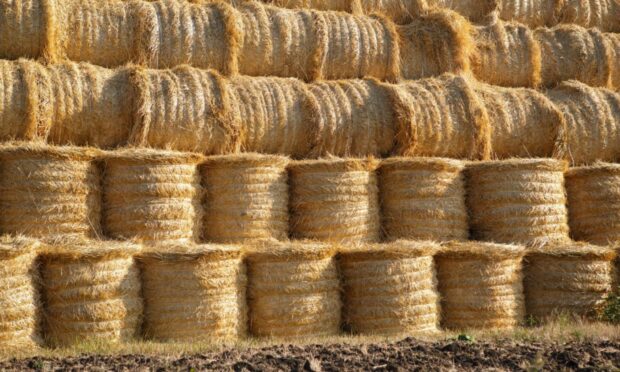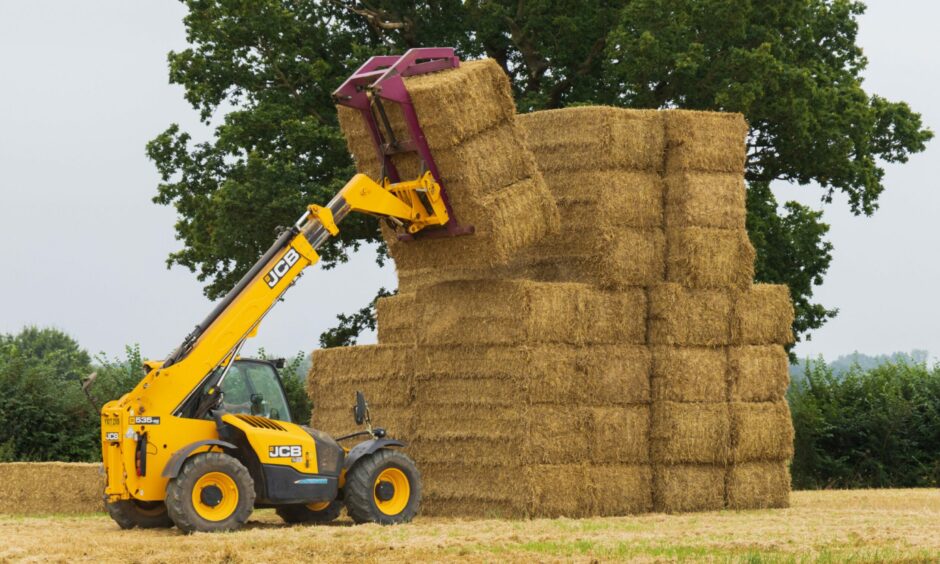Farmers have been reminded to check the fine print in insurance policies when deciding how to store their hay and straw bales.
According to insurance brokers Lycetts, many farmers don’t know that policies stipulate stack and distance limits for bales and, if these limits are contravened, growers could face significant shortfalls in the event of an accidental fire or arson.
Rupert Wailes-Fairbairn from Lycetts said: “It is imperative that farmers find out if there is a haystack limit defined by value rather than volume.
“If, for example, a stack with £60,000 worth of hay catches fire, there is a strong chance it exceeds the limit. Often there are distance limits written into policies too, which is usually 20 metres, but this can vary.
“Stack and distance limits don’t just apply to haystacks. Potato growing businesses often stack boxes adjacent to farm buildings, as stores empty. However, many farmers are unaware of the required distance between a shed and the empty boxes to keep their policy valid.”
He said the best way to comply with the terms of a policy is to split stacks and keep them in different locations.
He added: “The stakes are too high and are certainly not worth the gamble.”
According to Defra there are more than 1000 fires in agricultural buildings every year, and the reasons range from a range of combustible materials, the threat of arson, the risk of electrical faults and overheating in machinery.
Measures to mitigate the risk of spontaneous fires include ensuring there are no naked bulbs or misplaced glass or mirrors near hay or straw, having on-site fire extinguishers and clearing debris from harvest machinery.
Mr Wailes-Fairbairn said: “Additional security measures will help reduce the risk of arson, including keeping buildings locked up, securing and maintaining perimeters, locking away fuel stores and installing security lights.
“Risk management is an often overlooked aspect of farming but taking precautions can make all the difference when it comes to protecting your assets.”


